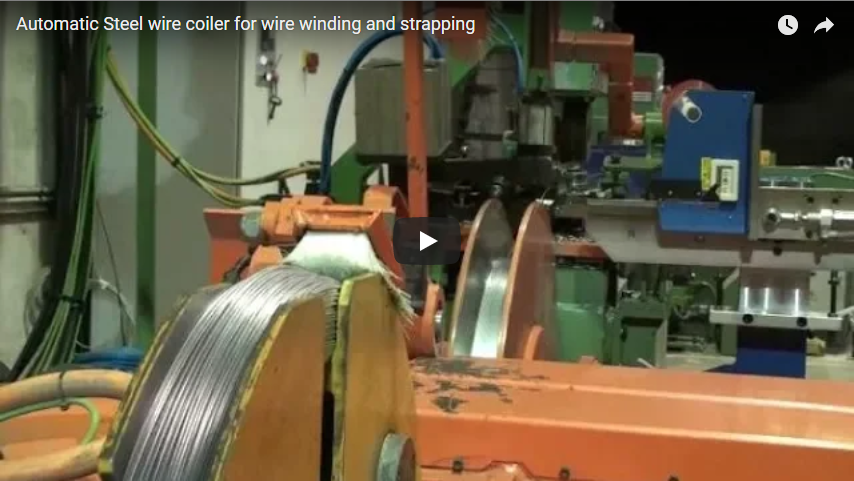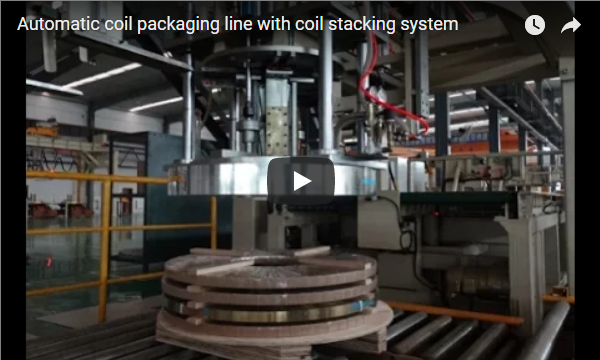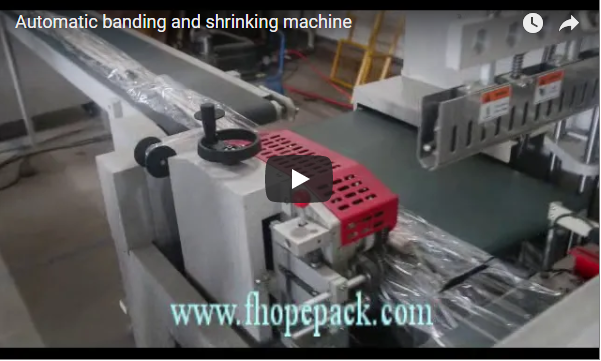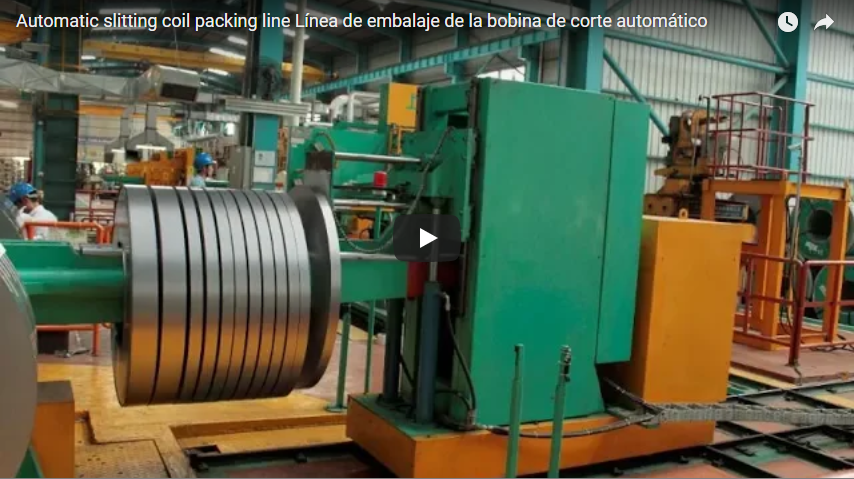Advancing Pipe Packaging: Engineering an Integrated Automatic Bundling and Bagging Line
The efficient handling and packaging of pipes present significant logistical and operational challenges across various industries, from construction material supply to manufacturing. Manual processes are often labor-intensive, inconsistent, and pose potential safety risks. Addressing these challenges requires sophisticated automation solutions, such as the automatic pipe bundling and bagging line featuring an offline pipe feeding system, engineered by specialists like FHOPEPACK. This integrated system represents a significant advancement in end-of-line packaging technology, optimizing throughput, ensuring package integrity, and reducing operational costs.
Drawing inspiration from principles often discussed in publications like Machine Design, which emphasize robust construction, precise control, and system integration, this automated line tackles the complexities of handling diverse pipe materials and dimensions.
System Architecture and Core Components
The efficacy of this automated line stems from the seamless integration of several specialized modules, orchestrated by a central Programmable Logic Controller (PLC):
- Offline Pipe Feeding Machine: This crucial upstream unit decouples the pipe supply from the main packaging line, allowing for continuous operation even with intermittent pipe delivery. It typically employs conveyor systems, alignment mechanisms (e.g., V-rollers, guides), and sensors (photoelectric or proximity) to accurately detect, orient, and feed individual pipes or pre-counted layers into the bundling station. This offline capability provides buffering and enhances overall system flexibility. Patent literature often highlights advancements in automated material singulation and alignment (e.g., US Patent 9,876,543 B2 discussing robotic handling, though implementation varies).
- Pipe Bundle Former: Receives pipes from the feeder and arranges them into predetermined bundle configurations (e.g., hexagonal, square). This often involves mechanical guides, pushers, or gates controlled by the PLC based on pre-set recipes for different pipe diameters and bundle sizes. Precision in formation is critical for stable bundles and efficient downstream processing.
- Automatic Bundle Strapping Machine: Secures the formed bundle using plastic (PP, PET) or sometimes steel strapping. Key engineering aspects include precise strap feeding, tensioning control (often servo-driven or pneumatic for consistency), and reliable sealing (heat sealing, friction welding). Research in materials science informs the selection of appropriate strap types based on bundle weight, material, and environmental conditions during transport (Ref: Journal of Applied Polymer Science articles on PET strap properties). Multiple strapping heads may be used for long bundles.
- Automatic Bagging Unit: Encases the strapped bundle in a protective plastic film (typically Polyethylene - PE). This module involves dispensing the film, creating a sleeve around the bundle, and sealing the ends (often using impulse or constant heat sealers). Precise film tension control and accurate cutting mechanisms are vital to minimize waste and ensure a snug, protective fit. The process significantly enhances resistance to environmental factors like dust, moisture, and UV radiation (depending on film specification).
Engineering Design and Performance Considerations
The design emphasizes reliability and performance under industrial conditions:
- Robust Construction: Typically utilizes heavy-gauge welded steel frames and high-quality components (motors, gearboxes, bearings) designed for continuous operation and longevity, minimizing downtime.
- Control System: A PLC serves as the brain, synchronizing all modules. A Human-Machine Interface (HMI) provides operators with system status monitoring, parameter adjustment (e.g., bundle size, number of straps, bag length), recipe management, and diagnostics. Advanced systems may offer integration capabilities with plant-level Manufacturing Execution Systems (MES) or Enterprise Resource Planning (ERP) systems via protocols like Ethernet/IP or PROFINET.
- Adaptability: Designed to handle a range of pipe materials (PVC, CPVC, PEX, ABS, aluminum, steel) and dimensions within specified limits. Changeovers between different pipe sizes or bundle configurations are often semi-automated or designed for quick manual adjustment.
- Safety: Incorporates safety features compliant with relevant standards (e.g., ISO 13849), including emergency stops, safety interlocks on access doors, light curtains, and protective guarding.
Technical Specifications Overview
The following parameters represent typical capabilities. Specific configurations are tailored to application requirements. Please consult FHOPEPACK for precise specifications.
- Automation Level: Fully Automatic
- Typical Year of Design Advancement: 2023 Technology Baseline
- Maximum Pipe Handling Length: Up to 6000mm (configurable)
- Pipe Diameter Compatibility: 10mm to 200mm range (application-dependent)
- System Throughput: Up to 25 bundles per hour (influenced by pipe dimensions, bundle size, and configuration)
- Standard Power Requirements: 380V, 50Hz, Three Phase (other voltages/frequencies available)
- Approximate Footprint (L x W x H): 8000mm x 2500mm x 3000mm (varies with layout)
- Estimated System Weight: Approx. 5000kg
- Bagging Film Roll Parameters:
- Max Outer Diameter: 400mm
- Inner Core Diameter: 76mm
- Max Film Width: 600mm (adjustable)
- Pneumatic System Requirement: 4-7 bar compressed air supply
- Primary Drive Systems: Electric Motors with Gear Reducers
- Operational Speed: Variable speed control on key components (conveyors, strapping cycle)
- Standard Warranty: 1 Year
Industrial Applications and Benefits
The integration of these functions provides tangible benefits across various pipe handling scenarios:
a. High-Volume PVC/PEX Pipe Packaging: For manufacturers of plumbing or conduit pipes, often up to 6000mm long and varying diameters (e.g., 20mm - 110mm), this system drastically reduces manual labor associated with counting, bundling, strapping, and bagging. Automation ensures consistent bundle tightness and protective packaging, crucial for preventing damage during storage and transit. The throughput capability directly impacts production output efficiency.
b. Handling Lightweight Aluminum Profiles/Tubes: Industries using extruded aluminum pipes (e.g., for structural or automotive applications, typically 30mm - 150mm diameter, up to 5000mm length) benefit from gentle yet secure handling. Automated systems minimize the risk of scratches or deformation common with manual handling. Consistent bagging protects the surface finish.
c. Preparing Steel Pipes for Logistics: Bundling and bagging heavy steel pipes (e.g., 50mm - 200mm diameter, up to 6000mm length) presents significant manual handling challenges and safety risks. The automated line provides the necessary power and structural integrity to handle substantial weights, ensuring bundles are tightly secured for safe lifting and transport, meeting logistical requirements for industries like construction or oil and gas supply chains.
Conclusion: A Strategic Investment in Efficiency
The automatic pipe bundling and bagging line with offline feeding represents a sophisticated engineering solution tailored to modern industrial demands. By integrating robust mechanical design, precise automation controls, and adaptable handling capabilities, systems like those developed by FHOPEPACK offer a compelling return on investment through increased throughput, reduced labor costs, improved packaging quality, enhanced worker safety, and greater operational flexibility. As industries continue to pursue automation for competitive advantage, such integrated packaging lines are becoming indispensable assets in pipe manufacturing and distribution operations.






